Rice, a staple food for nearly half of the world’s population, is often cooked in bulk to save time and effort. However, the question of how long leftover rice can be safely stored is one that sparks debate among home cooks and food safety experts alike. While many rely on traditional practices or rough estimates, understanding the scientific principles behind rice storage can help prevent foodborne illness and ensure optimal flavor and texture. This article explores the factors influencing the shelf life of cooked rice, evidence-based guidelines for storage, and practical tips to maintain its quality.
The Danger of Improper Storage: Bacillus Cereus and Food Poisoning
Cooked rice poses a unique food safety risk due to its susceptibility to contamination by Bacillus cereus, a spore-forming bacterium commonly found in soil, dust, and uncooked grains. Unlike many pathogens that multiply rapidly at refrigeration temperatures, B. cereus produces heat-resistant spores that survive cooking. When cooked rice is left at room temperature, these spores can germinate and produce toxins that cause vomiting or diarrhea. Symptoms may appear within 6–24 hours of ingestion, making it critical to handle leftovers properly.
The U.S. Food and Drug Administration (FDA) categorizes rice as a “time/temperature control for safety” (TCS) food, meaning it requires strict time and temperature management to limit bacterial growth. The “danger zone”—between 40°F (4°C) and 140°F (60°C)—is where pathogens multiply most aggressively. Leaving cooked rice at room temperature for more than two hours significantly increases the risk of spore germination and toxin production.
Recommended Storage Times: Refrigeration vs. Freezing
The shelf life of leftover rice depends on the storage method and environmental conditions. Here’s a breakdown of guidelines:
-
Refrigeration (40°F/4°C or below):
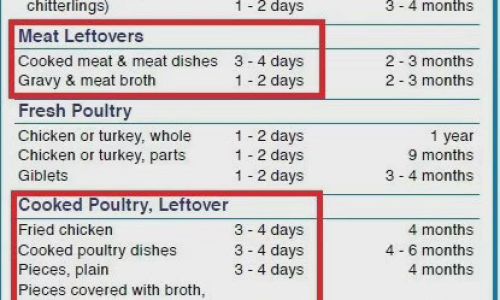
- Cooked rice can be safely stored in the refrigerator for 3–4 days if cooled and sealed properly.
- To cool rice quickly, spread it in a thin layer on a baking sheet or divide it into shallow containers. Avoid stacking hot containers, as this traps heat and slows cooling.
- Use airtight containers or resealable bags to prevent moisture loss and cross-contamination.
-
Freezing (0°F/-18°C or below):
- For longer-term storage, freezing extends shelf life to 1–2 months without significant quality loss.
- Portion rice into meal-sized freezer bags, removing excess air to prevent freezer burn.
- Label containers with the date to track freshness.
Factors Affecting Shelf Life
Several variables influence how long leftover rice remains safe and palatable:
- Initial Cooking Method: Rice cooked with excess water (e.g., for congee) may have higher moisture content, accelerating spoilage.
- Additives: Ingredients like oil, vinegar, or herbs can alter microbial growth. For example, adding a teaspoon of vinegar per cup of rice may slightly inhibit bacteria.
- Container Hygiene: Using clean, dry containers prevents bacterial introduction. Avoid reusing containers that previously held raw meat or seafood.
- Refrigerator Temperature: Ensure your fridge operates at 40°F (4°C) or lower. Use a thermometer to verify accuracy, as door compartments often fluctuate.
- Rice Type: Brown rice, with its higher oil content, spoils faster than white rice. Store brown rice leftovers for no more than 3 days refrigerated.
Signs of Spoilage: When to Discard Rice
Trust your senses—but prioritize safety over frugality. Discard rice if:
- Appearance: Mold, unusual discoloration, or a slimy texture are red flags.
- Odor: A sour, musty, or rancid smell indicates fermentation or bacterial activity.
- Texture: Dried-out or overly mushy rice may be past its prime.
While some sources suggest reheating questionable rice, this does not guarantee toxin destruction. When in doubt, throw it out.
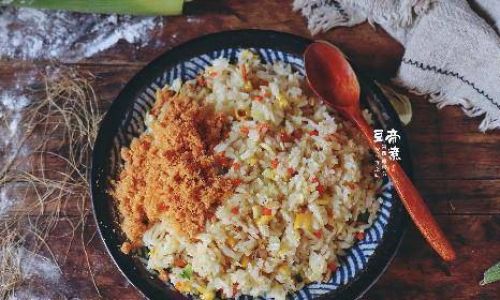
Reheating Leftovers: Best Practices
Proper reheating is as critical as storage. Follow these steps:
- Temperature: Heat rice to an internal temperature of 165°F (74°C) to kill bacteria. Use a food thermometer for accuracy.
- Moisture: Add a splash of water, broth, or oil to prevent drying. Cover the dish to trap steam.
- Stirring: Fluff rice midway through reheating to ensure even heating.
- Avoid Multiple Reheats: Reheating rice more than once increases bacterial risk. Portion leftovers into single servings before freezing.
Cultural Practices and Modern Adaptations
In many Asian cuisines, leftover rice is intentionally aged to develop textures ideal for fried rice or congee. For example, day-old rice is preferred for fried rice because it dries out slightly, preventing sogginess. However, these practices rely on refrigeration and quick usage, not room-temperature storage.
Modern tools like vacuum sealers and rice cookers with “keep warm” functions (which maintain temperatures below 140°F/60°C) offer safer alternatives to traditional methods.
Debunking Myths: Rice Storage Misconceptions
-
Myth: “Leaving rice on the stove overnight is harmless if reheated.”
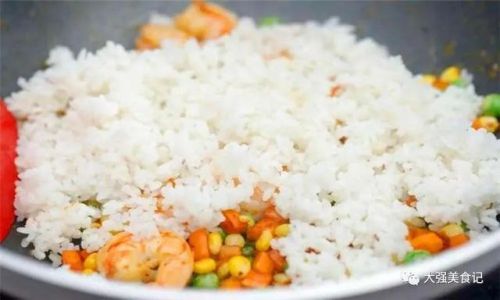
- Reality: Prolonged exposure to the danger zone (40–140°F/4–60°C) allows toxin production, which reheating cannot reverse.
-
Myth: “Adding salt prevents spoilage.”
- Reality: Salt inhibits some bacteria but does not affect B. cereus spores. Proper refrigeration is still required.
-
Myth: “Freezing rice ruins its texture.”
- Reality: When frozen correctly, rice retains its quality. Thaw in the fridge or microwave before reheating.
Conclusion: Balancing Convenience and Safety
Storing leftover rice responsibly requires a blend of science and practicality. By adhering to time-temperature guidelines, using proper containers, and reheating thoroughly, you can minimize waste without compromising health. Whether you’re meal-prepping for the week or saving takeout, respecting the delicate balance between convenience and food safety ensures that every grain is enjoyed safely.
In an era where foodborne illnesses affect 1 in 6 Americans annually, small habits—like cooling rice promptly and labeling storage dates—can make a significant difference. As our understanding of microbial risks evolves, so too should our kitchen practices. After all, the key to savoring leftover rice lies not just in its flavor, but in the peace of mind that comes with knowing it’s been stored right.

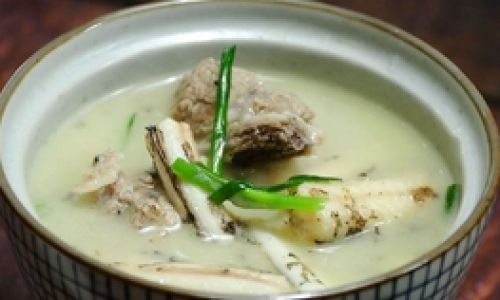




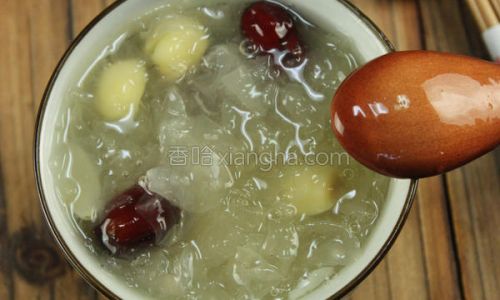
0 comments